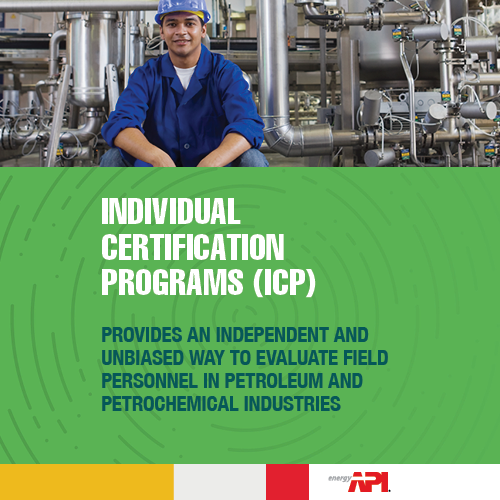Metallurgy
Metallurgy is a very complicated subject and is outside the scope of this project. However, it’s important that inspectors have an understanding of the major principles of metallurgy since they play such a large role in the welding process.
API RP 577, Third Edition provides a useful overview of the principles of metallurgy as they relate to the welding process.
Physical Properties
Physical properties of the base and filler metal are any properties that can have an influence on the efficiency and application of a welding process. Physical properties include:
- Melting Temperature: the temperature where a material transitions from a solid to a liquid.
- Thermal Conductivity: a measure of a material's ability to conduct heat.
- Electrical Conductivity: a measure of a material's ability to conduct electricity.
- Coefficient of Thermal Expansion: a measure of how volume changes as metals are heated.
- Density: a measure of how much mass per unit area a material has.
Mechanical Properties
Mechanical properties are exhibited by a material upon application of forces. Mechanical properties include:
- Tensile Strength: the maximum amount of stress that a material can handle under tension before permanently breaking.
- Yield Strength: the maximum amount of stress that a material can handle under tension before any permanent deformation occurs. The yield point is the limit of the elastic region.
- Ductility: a measure of a material's ability to stretch and plastically deform without breaking. A material is ductile if it can be drawn into thin wires.
- Hardness: a measure of a material's ability to resist surface abrasion and penetration.
- Toughness: a measure of a material's ability to resist impact.
Preheating
Preheating is an operation whereby the weld area and base metal are heated to a specific temperature prior to conducting the welding process. This is usually done to try and prevent hydrogen induced cracking, since preheating slows the cooling rate of the base metal. Preheating may also be conducted to bring the temperature up to interpass temperatures required by the WPS, reduce shrinkage stress in the weld and base metal, reduce the cooling rate to prevent a loss of ductility, and to eliminate moisture.
Heat Treatment
Heat treatment is used to impart desirable mechanical properties to a steel and is achieved by heating a material to a high temperature for a period of time, and cooling it down at a specified rate. Heat treatment processes include full annealing, normalizing, carburizing, hardening, tempering, and post weld heat treatment (PWHT), which deserves a section of its own due to its importance in the welding process.
Post Weld Heat Treatment (PWHT)
The welding process can inadvertently weaken equipment by imparting residual stresses into a material, leading to reduced material properties. In order to prevent this, a process known as post weld heat treatment (PWHT) is regularly performed. PWHT can be used to reduce residual stresses, as a method of hardness control, or even to enhance material strength.
If PWHT is performed incorrectly, or neglected altogether, residual stresses can combine with load stresses to exceed a material’s design limitations. This can lead to weld failures, higher cracking potential, and increased susceptibility to brittle fracture.
There are many different post weld heat treatments, but the two most common are post heating and stress relieving.
- Post heating is when the material is heated immediately after welding to diffuse hydrogen from the welded area, thus mitigating hydrogen induced cracking.
- Stress relieving is when the material is heated to a specific temperature and then gradually cooled down. This procedure helps to release residual stresses caused by the welding process.
The need for PWHT is dependent on the metal’s chemistry, part thickness, joint design, service exposure, and welding processes. In general, the higher the carbon content of a material, the more likely it needs PWHT after welding. Similarly, the higher the alloy content and cross-sectional thickness, the more likely the material is to need PWHT.
















